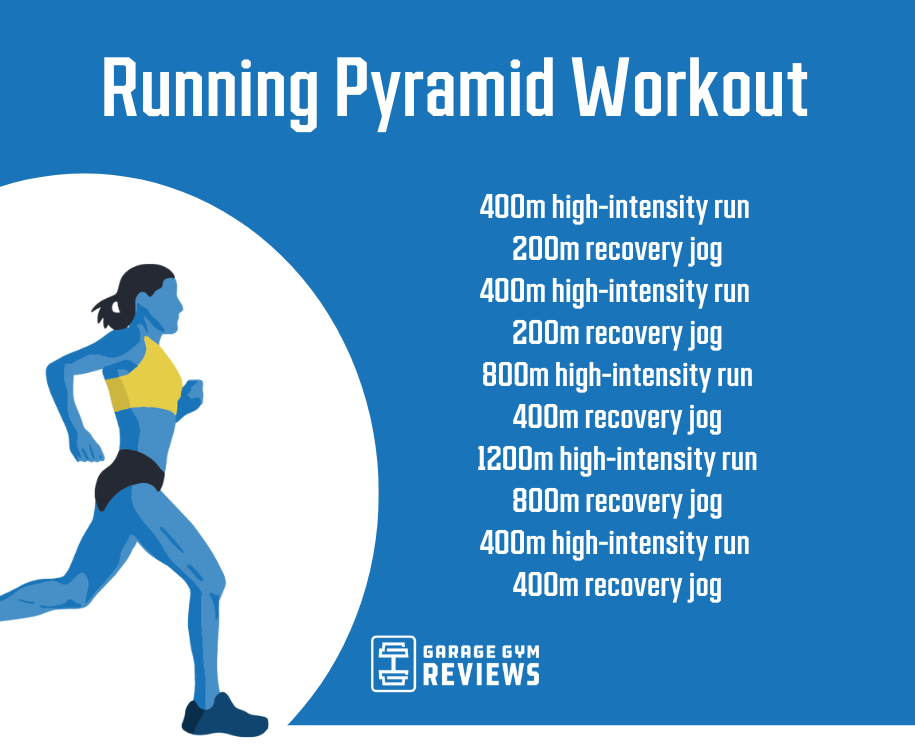Overcoming Pain in Running: Methods and Strategies That Job
Discomfort is an usual buddy for lots of joggers, usually acting as an obstacle to attaining their wanted objectives. Nevertheless, with the ideal methods and methods, it is possible to get rid of and even prevent the pain connected with running. By exploring numerous techniques such as comprehending the different kinds of running discomfort, enhancing footwear and kind, integrating cross-training and strength exercises, implementing reliable recuperation approaches, and keeping appropriate nourishment and hydration, runners can possibly relieve their pain and boost their total running experience.
Recognizing Different Types of Running Pain

Another kind of running pain is joint discomfort, which can materialize as a sharp or achy pain in areas such as the knees, hips, or ankles (running strategy). Joint pain might be triggered by elements like improper running form, overuse, or underlying problems like arthritis (check here). It is vital to separate in between muscle soreness and joint discomfort, as the latter might call for medical interest to stop more injury
Comprehending the different kinds of running pain is crucial for effective monitoring and prevention techniques to make sure a safe and satisfying running experience.
Proper Footwear and Running Kind
To maximize performance and minimize the threat of running-related injuries, choosing proper footwear and preserving correct running form are vital parts for joggers of all degrees. It is advised to select running footwear that are specifically developed for the person's foot kind, running gait, and the type of running task they engage in.

Cross-Training and Stamina Workouts
Strength exercises, like squats, lunges, and core workouts, play a critical function in stabilizing muscular tissues and boosting running performance. They can remedy muscle mass discrepancies, boost agility, and enhance power result, all of which are vital for running efficiency.
Integrating cross-training and stamina exercises right into a running routine ought to be done tactically. It is very important to allow for sufficient rest in between running sessions and cross-training tasks to avoid overuse injuries. In addition, concentrating on correct form and technique throughout stamina workouts is key to optimizing their benefits and lowering the threat of injury. By integrating these elements into a running regimen, runners can develop a stronger foundation, boost performance, and delight in an extra lasting running experience.
Healing and Rest Strategies
Having actually established the value of cross-training and stamina exercises in an extensive running routine, focus can now be routed in the direction of Healing and Rest Methods as important parts for maximizing efficiency and lowering the threat of injuries. (running workout)
Healing after running is crucial for muscular tissue fixing and growth. Methods such as foam rolling, extending, and massage therapy aid in lowering muscle pain and boosting versatility. Ample rest in between runs enables the body to recuperate and adjust to the physical stress and anxiety, preventing overuse injuries.
Incorporating active recovery days into a training timetable, where low-intensity tasks like strolling or cycling are executed, can boost blood flow and promote healing without placing excess pressure on the muscular tissues. Furthermore, correct hydration and nutrition play an essential role in the healing process by replenishing shed liquids and nutrients.
Quality rest is another crucial aspect of recovery that should not be neglected. Throughout sleep, the body goes through repair and regeneration procedures, adding to overall physical and mental wellness. By prioritizing recovery and rest methods, runners can preserve ideal efficiency degrees and decrease the likelihood of experiencing discomfort or injuries.
Nutrition and Hydration for Runners
How can joggers maximize their efficiency through proper nutrition and hydration practices? Nourishment and hydration are essential aspects of a runner's training routine, playing an important function in performance, endurance, and recovery. To improve performance, joggers need to concentrate on taking in a healthy diet plan that consists of carbs, proteins, healthy and balanced fats, vitamins, and minerals. Carbs provide energy for running, while healthy proteins aid in muscle repair service and recuperation. Healthy and balanced fats sustain overall health and wellness and aid in taking in important nutrients. Adequate hydration is additionally important to preserve optimum efficiency, as even moderate dehydration can negatively impact running performance. Runners should consume water prior to, throughout, and after their runs to remain hydrated. Electrolytes, such as salt and potassium, are also important for keeping liquid balance and muscular tissue function - running workout. Furthermore, timing meals and snacks properly prior to runs can help protect check my source against stomach discomfort and supply the needed energy for peak efficiency. By paying interest to their nourishment and hydration, joggers can boost their endurance, speed up healing, and do at their finest.
Conclusion
To conclude, by recognizing the different kinds of running pain, using appropriate footwear, keeping correct running type, integrating cross-training and strength exercises, prioritizing recovery and rest, and concentrating on nourishment and hydration, joggers can effectively get rid of pain and enhance their efficiency. Carrying out these approaches and techniques can aid joggers protect against injuries, enhance their endurance, and ultimately take pleasure in a more meeting running experience.